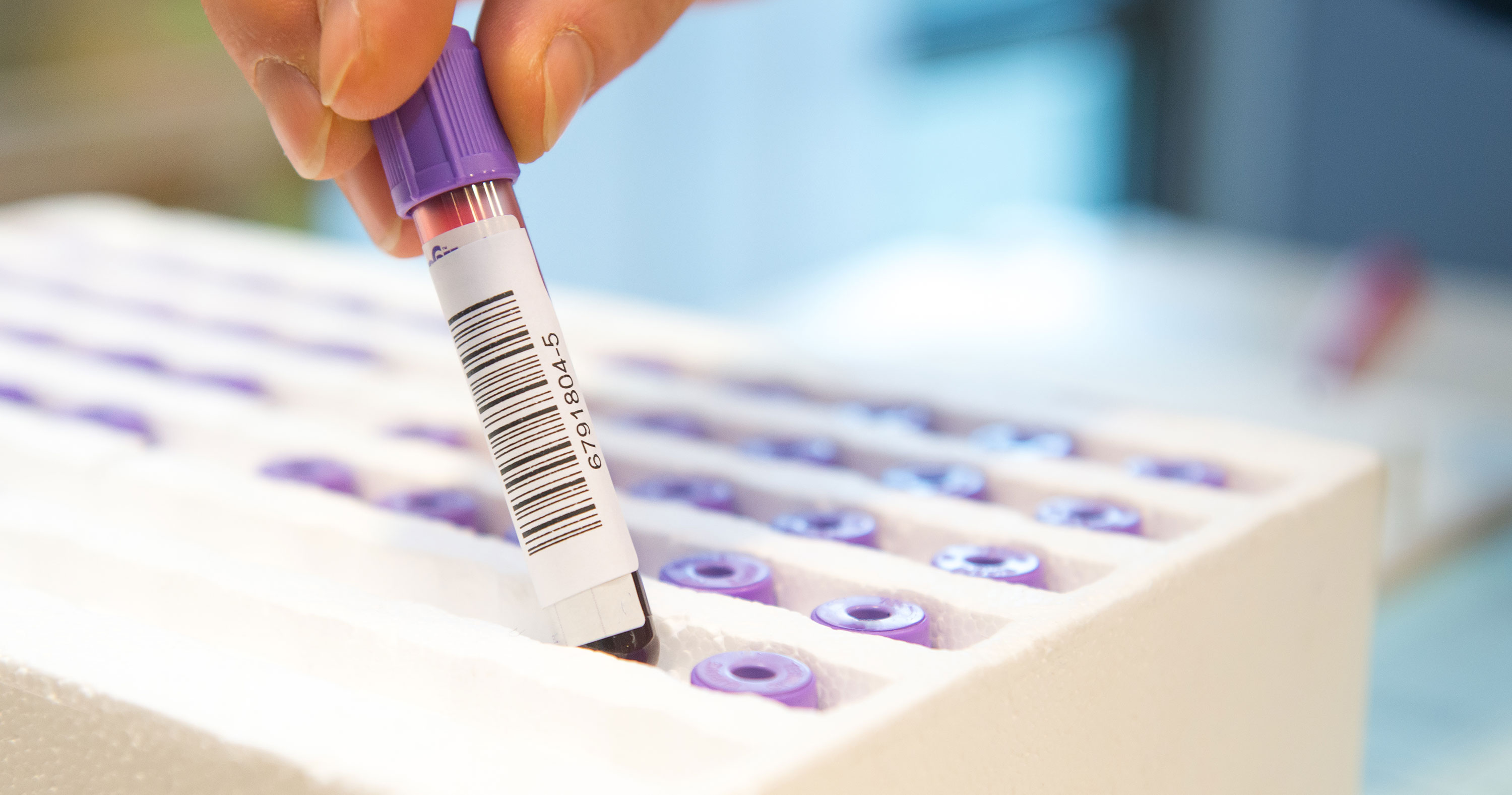With standoff rules, mandatory masks, and various hygiene regulations, the impact of the Corona virus is clearly felt by everyone in this country. But beyond everyday life, special regulations apply in many industries – including ours. We provide an overview of the most important regulations in the dangerous goods industry that have now come into force:
1. relaxed transport conditions for special hygiene products
Until the end of August, transport companies are still allowed to transport hygiene products of packaging groups I and II, i.e. low and high hazard substances, according to ADR 1.1.3.6. This means that these products are exempt from the normal transport conditions and the resulting violations are tolerated. In this way, for example, the total amount of disinfectant allowed per transport unit increases to a maximum of 500 liters. In addition, the transport company does not have to carry the normally required transport documents. Furthermore, in the case of composite packaging, it is permissible to transport the inner part without the outer packaging and thus dispense with the corresponding marking. The transport unit does not have to be equipped with a portable fire extinguisher of at least two kilograms of extinguishing agent, as is otherwise required.
2. special regulation for dangerous goods safety advisers in maritime traffic
Everyone who transports dangerous goods must carry a so-called training certificate. This certificate, also called dangerous goods license, he must renew regularly under normal conditions. If a maritime dangerous goods officer cannot renew the expired certificate due to the current situation, it will still remain valid for a longer period as an exception, until November 30, 2020. This applies to all certificates expiring between March 1, 2020 and November 1, 2020.
3. transport of infectious materials
Patient samples as well as medical waste that are or could be contaminated with Covid-19 are considered so-called infectious substances and therefore require appropriate transport: for this reason, the respective transport company must ensure that their packaging complies with packaging instruction P 650. This means, for example, that the packaging must consist of three components, with either the middle or the outermost shell being rigid. It is also mandatory to mark the outer packaging with a rhombus and the letter-number sequence UN3373 as well as the respective designation – such as “biological substance, category B”.


